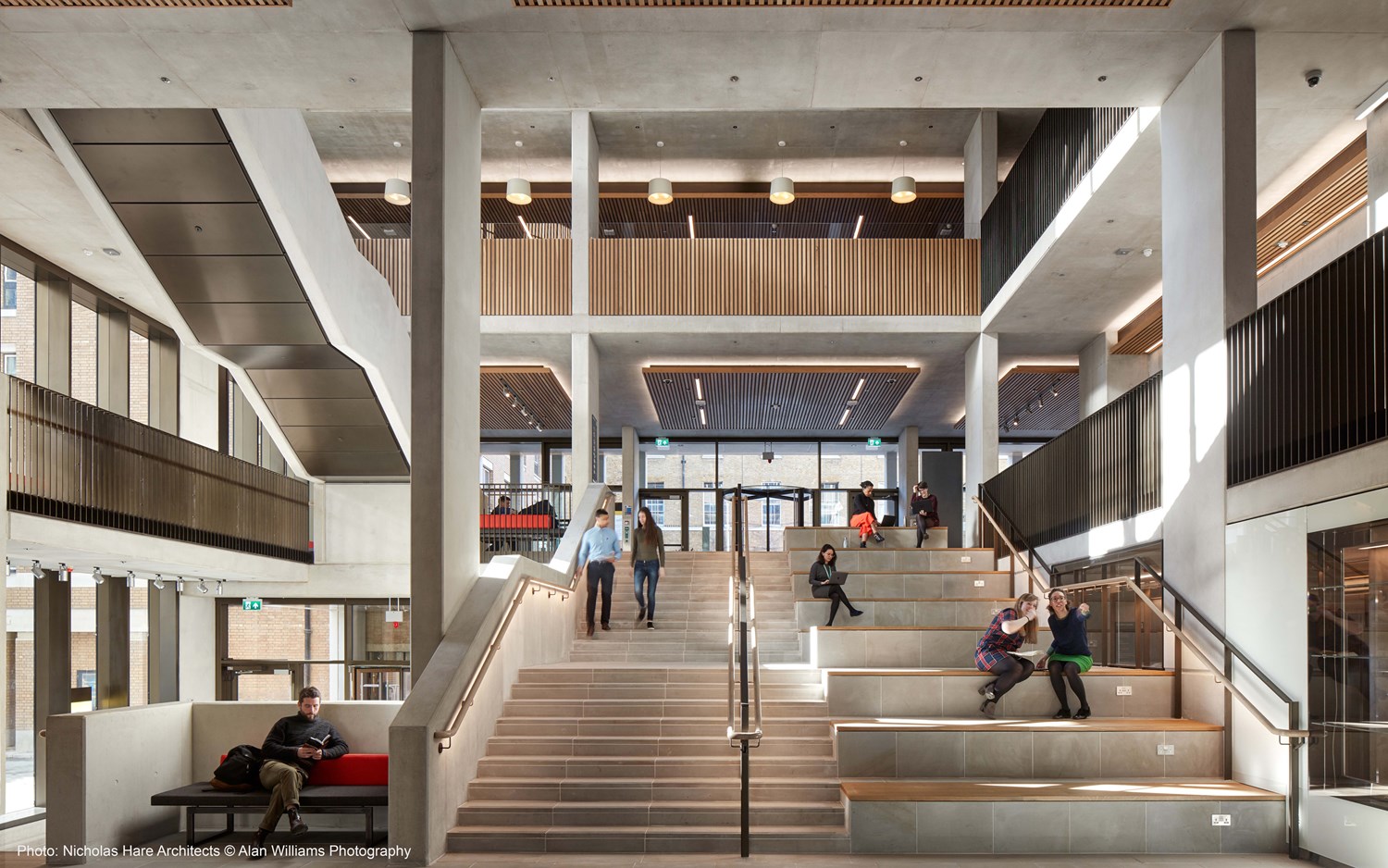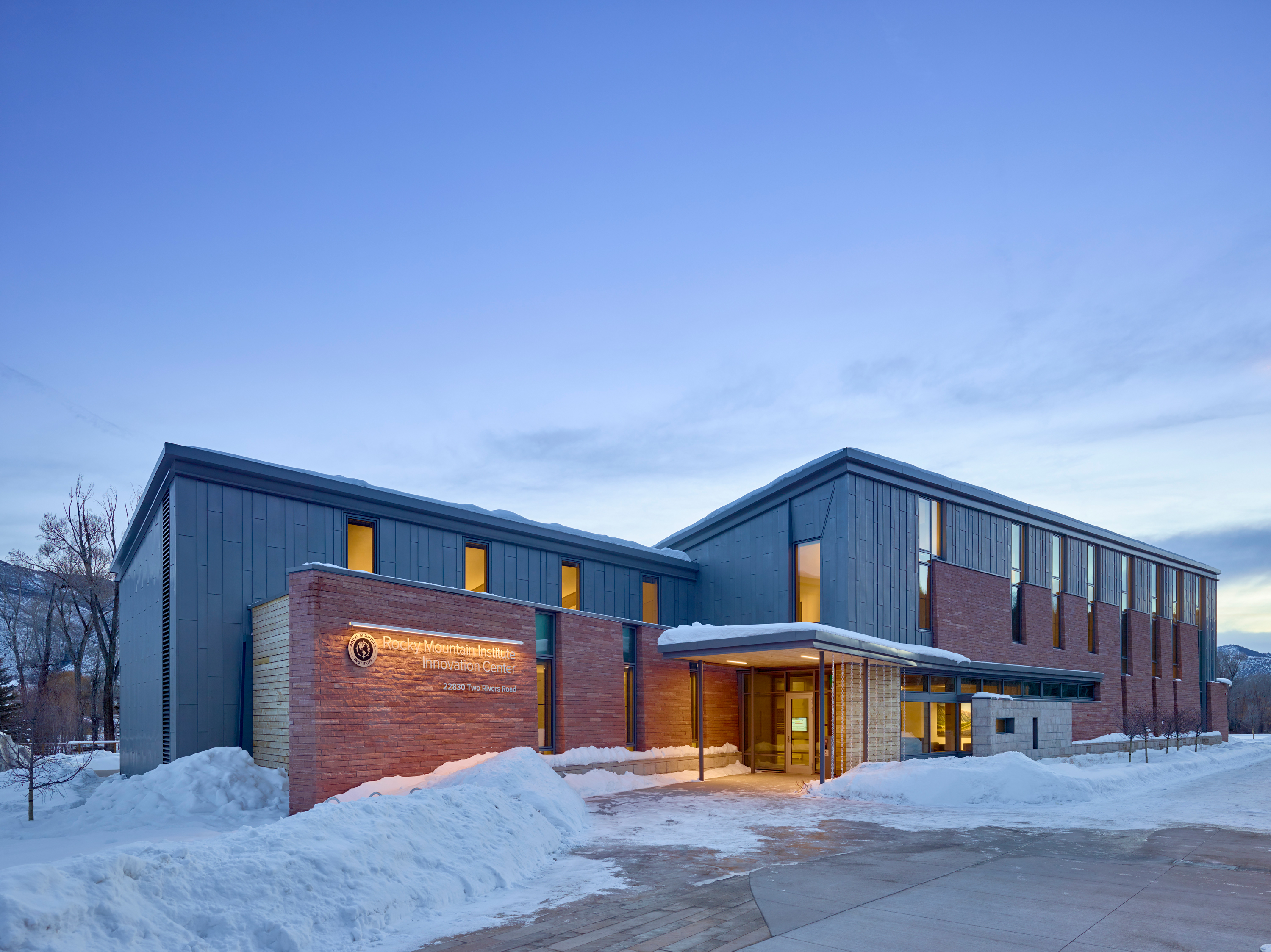Winter temperatures are now in season – so what tactics can building owners use to keep the facilities warm without sacrificing access to fresh, circulated air? Find out how both objectives can be readily achieved by means of winter mode ventilation.
What is winter mode ventilation?
For many businesses operating within the northern hemisphere, winter brings a significant drop in temperature. However, without access to fresh, cool air, environments can quickly become stale and encourage the spread of germs – something every workforce wants to avoid. Yet, managing heat retention and allowing air to circulate is still possible – and it’s easier than you might think. In short, winter mode ventilation refers to the use of both mixed-mode and natural ventilation systems, which work in tandem to offer the best of both worlds.
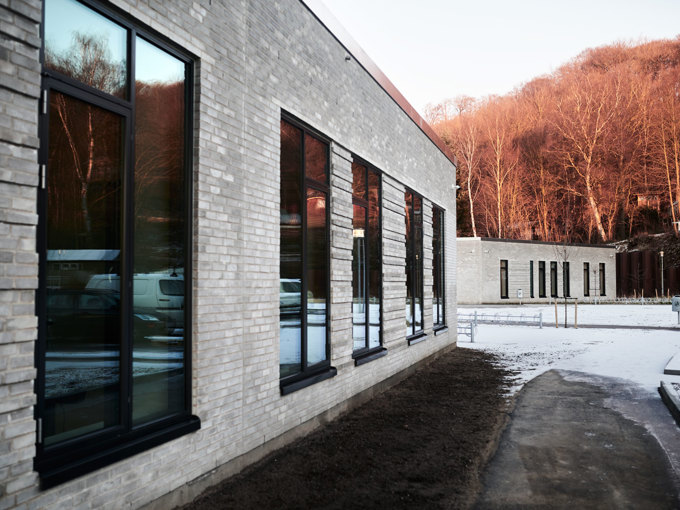
Contact one of our specialists. We are happy to assist you!
Our experts can walk you through the various ventilation strategies so your building can become winter-ready, allowing you to say goodbye to the days of manually having to manage the balance between hot and cold rooms.
How does winter mode work?
In winter mode, ventilation is mainly regulated based on air quality. This works by utilising pulse ventilation, a method that pulses fresh air into a room through the intermittent opening of windows. This is made possible through our data communication technology MotorLink®. This enables accurate use of the specifically designed algorithm making sure that windows open and close in accordance with the demand, meaning that fresh air can enter without losing too much heat. Wind conditions, speed and direction are also monitored, meaning the algorithm can respond to windy days if necessary. This dynamic approach, where air arrives in pulses, is an effective solution for particularly cold times of the year when room comfort is key. In scenarios where additional ventilation is needed, trickle ventilation can be installed instead. This form of natural ventilation supplies air through various small window degrees of window opening.
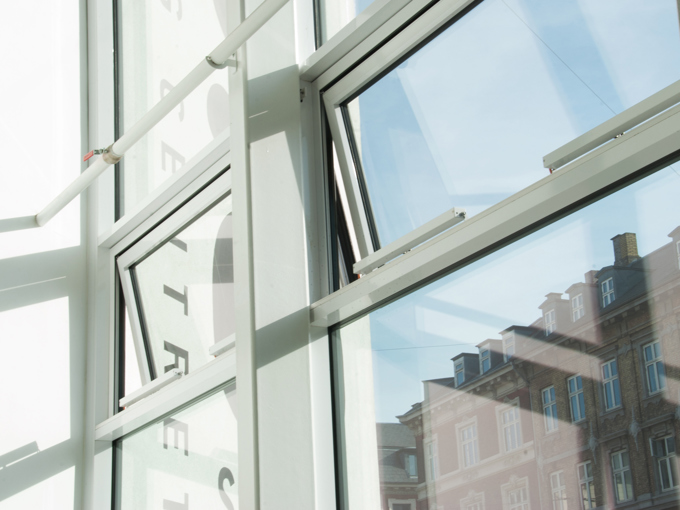
Intelligent control of windows: MotorLink®
MotorLink® is a communication technology that enables 2-way control and feedback between window actuators and the Building Management System via the MotorController. All WindowMaster control systems are MotorLink® capable with many of our actuators. Click below to learn more and see related products.
Read more“Understanding how to deliver fresh, quality air during wintertime while minimizing heat loss is easier than people first imagine. WindowMaster has developed unique systems that do all the hard work for you, allowing building owners to prioritise occupant welfare in all seasons without constantly attending to indoor climate devices”.

Kasper Højmark Ravn
Building Performance Engineer
How do I switch between natural and mechanical ventilation?
You don’t need to! One key function of mixed-mode ventilation strategies is its control systems, which automatically switch between natural and mixed-mode, depending on weather conditions. NV Embedded® is one such control system, which intelligently manages the transition based on real-time conditions, user preferences and energy efficiency goals. It means that ventilation and air quality are prioritised without constant manual input. NV Embedded® works by using control sequences that operate the opening and closing of windows based on indoor and outdoor conditions. Accuracy is key, and the beauty of this system is that it achieves great air quality alongside thermal comfort. When used alongside MotorLink®, it allows precise speeds, specific degrees of opening to millimetre accuracy and feedback to building management systems. It can even detect when obstacles are obstructing its operation and can open to release the object to ensure the smooth running of the ventilation system.
Learn more about NV Embedded®
“Our NV Embedded® technology is leading the way in maximising the efficiency of both natural and mixed-mode ventilation and has become a vital tool for building owners looking to reduce carbon emissions and operating costs.”

Kasper Højmark Ravn
Building Performance Engineer
What are the main benefits of using this type of ventilation system?
Having a mixed-mode ventilation system allows for flexibility and quick response to drops in temperature and prioritises user comfort. Through its intelligent design, it relies on natural ventilation as much as possible, keeping HVAC costs to a minimum. One added benefit to mixed-mode ventilation systems is that they contain heat recovery mechanisms, making them an ideal choice for wintertime. For example, heat exchangers can be equipped to capture and reuse heat from the air and reduce drafts. Another benefit is that it reduces the need for further additional heating. Again, it’s a potential money-saver and another feather in the cap for those prioritising low-energy outcomes.
Get the benefits on mixed-mode ventilation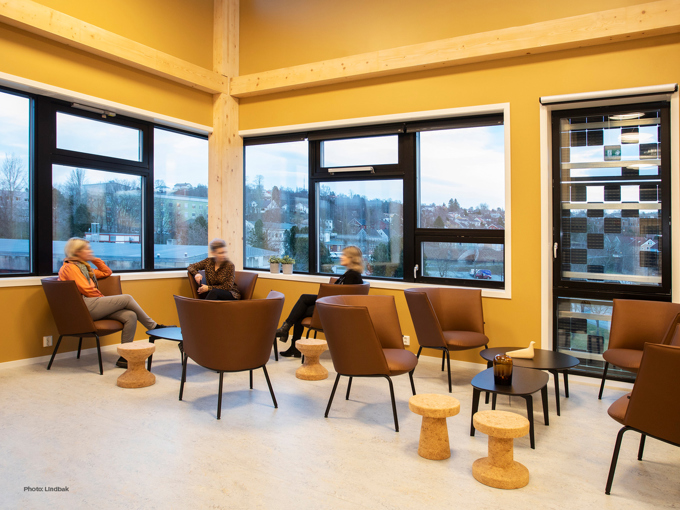
What else should I know about winter mode ventilation systems?
During wintertime, Window Master’s algorithms can be a valuable source of support when it comes to indoor comfort. Not only do they help manage the energy efficiency of buildings, but our smart sensor technology can measure CO2 levels alongside temperature – keeping occupants happy and healthy.
Despite its automation, personal and manual controls still come as part of the package, so that users can control the actuators to their preference, ensuring good comfort all year round.
Is your next project aspiring for an energy-efficient design?
Discover how natural and mixed-mode ventilation systems can support this objective
